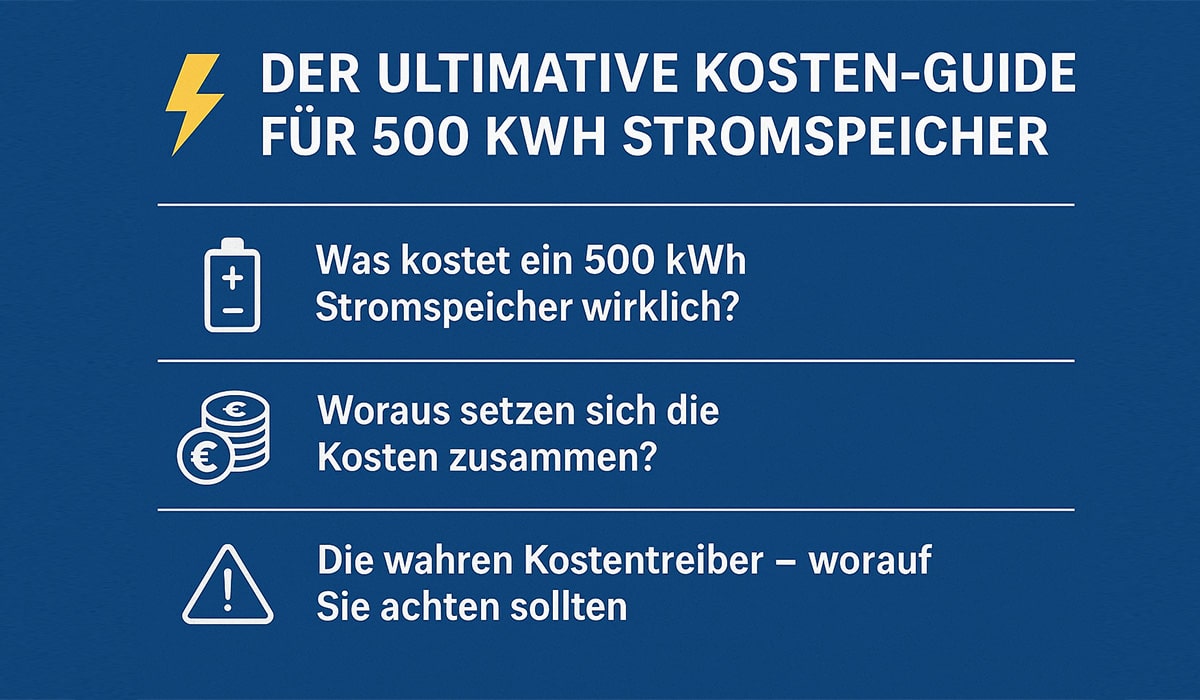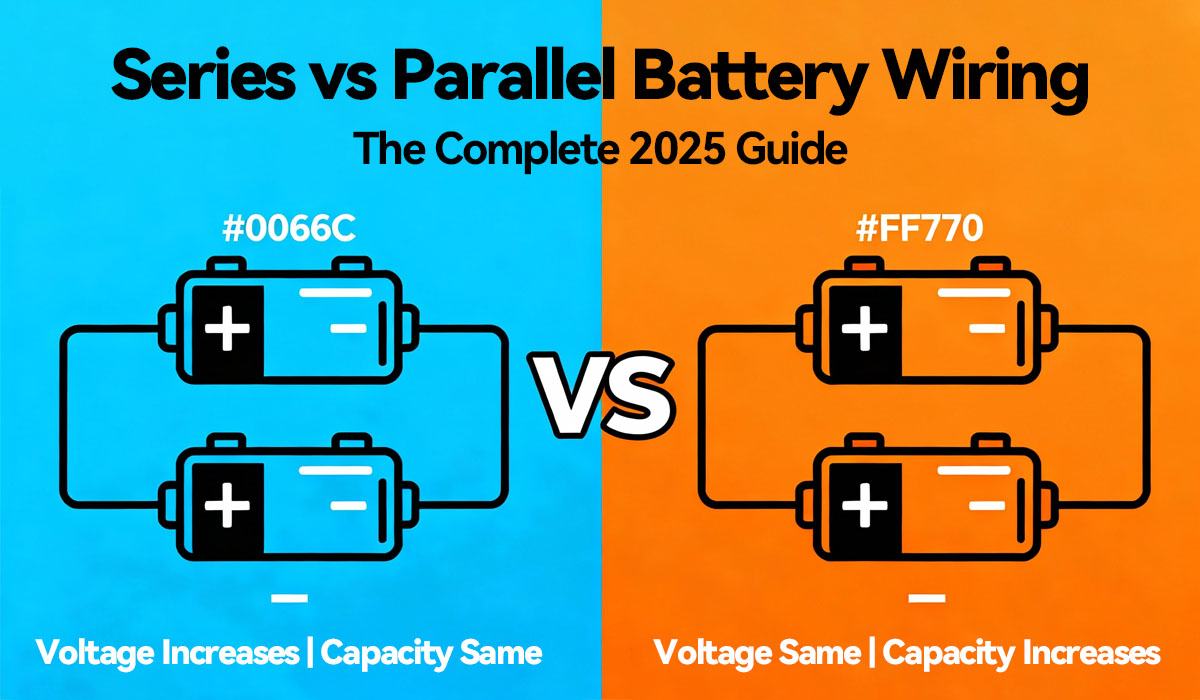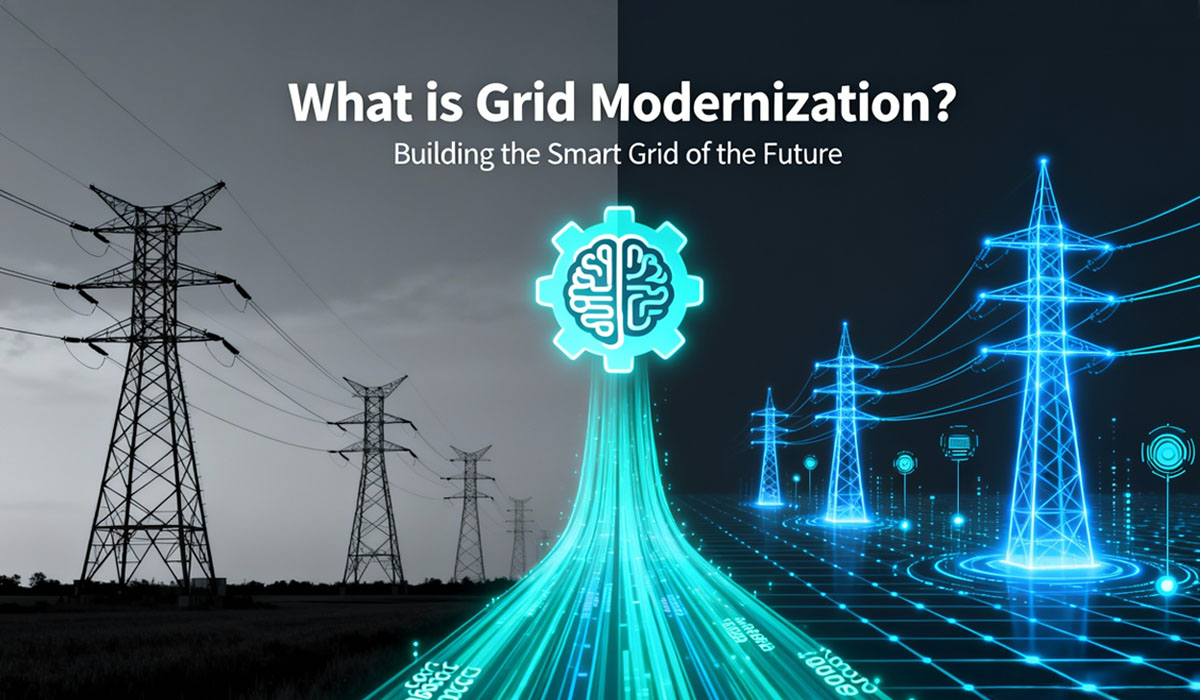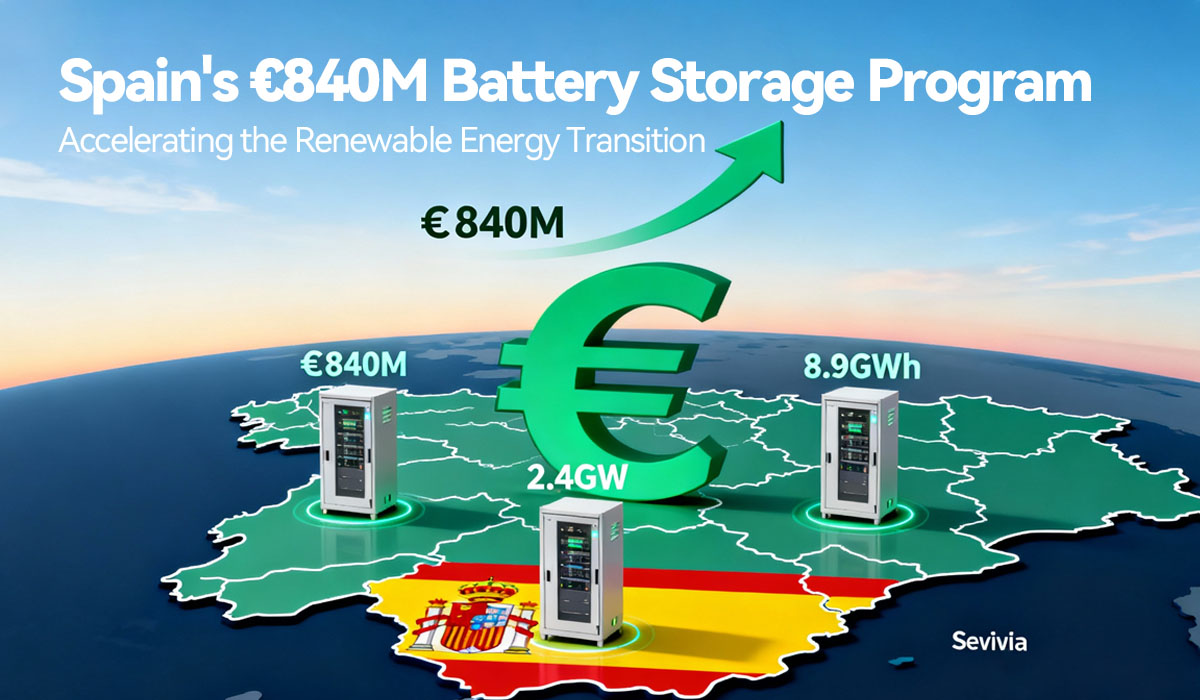Blog
Blog
Lifepo4 VS NMC Batteries Comparison
Published by Dawnice, March 22, 2025
Imagine you’re designing an electric vehicle or setting up a solar energy storage system. The heart of your project? The battery. Two heavyweights dominate this space: LiFePO4 (Lithium Iron Phosphate) and NMC (Nickel Manganese Cobalt). But which one suits your goals? Let’s break down their strengths, quirks, and real-world roles—without the jargon overload.
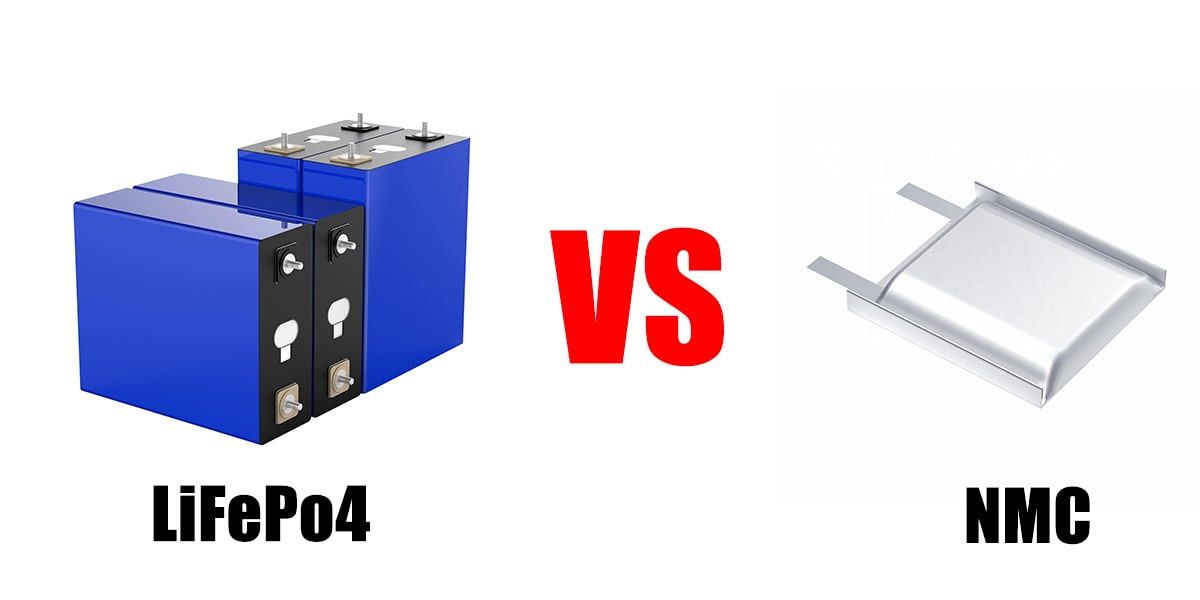
The Chemistry Behind the Scenes
LiFePO4 Batteries are like the reliable marathon runners of the battery world. Their cathode is built from lithium iron phosphate—a material that’s tough, stable, and resistant to overheating. Think of it as the “safety-first” option, perfect for applications where a fiery meltdown isn’t an option (like your home solar setup).
NMC Batteries, on the other hand, are the sprinters. Their cathode cocktail—nickel, manganese, and cobalt—varies by formula. The popular NMC811 blend (80% nickel, 10% manganese, 10% cobalt) prioritizes energy density. Translation: more power packed into a smaller space. That’s why your Tesla likely runs on an NMC lithium-ion battery.
Performance Face-Off: What Really Matters?
- Energy Density: NMC Takes the Crown
If you need maximum juice in minimal space, NMC batteries win hands-down. Their higher energy density makes them ideal for electric cars and smartphones, where every ounce and inch counts. LiFePO4, while improving, still lags here—though it’s catching up fast for stationary storage. - Lifespan: LiFePO4 Outlasts the Competition
LiFePO4 batteries are the tortoises in this race. They can handle 3,000–5,000 charge cycles before dropping to 80% capacity. NMC batteries? They tap out around 1,000–2,000 cycles. For a solar system that charges daily, LiFePO4’s endurance saves money long-term. - Safety: LiFePO4’s Superpower
Ever worried about your phone battery exploding? NMC’s cobalt content makes it more prone to thermal runaway if damaged or overheated. LiFePO4’s iron-phosphate chemistry is inherently stable, making it the go-to for hospitals, RVs, or off-grid setups where safety can’t be compromised. - Charge/Discharge Efficiency: A Close Call
Both types boast efficiencies above 90%, but LiFePO4 edges ahead here. Less energy is wasted as heat, which matters for systems like solar storage where every watt-hour counts.
Where Do They Shine in the Real World?
- LiFePO4’s Playground:
- Solar energy storage (e.g., Tesla Powerwall alternatives)
- Electric buses and forklifts (where fire risks are a no-go)
- Marine and RV power systems (durability + safety)
- NMC’s Territory:
- Electric vehicles (Tesla, BMW, and others crave its energy density)
- Laptops, drones, and high-performance gadgets
- Power tools needing quick, intense bursts of energy
The Trade-Offs: No Free Lunch
LiFePO4’s Downsides:
- Bulkier and heavier for the same capacity.
- Lower energy density isn’t ideal for weight-sensitive apps.
- Slightly pricier upfront (though lifespan offsets this).
NMC’s Pitfalls:
- Shorter lifespan means more frequent replacements.
- Cobalt reliance raises ethical and cost concerns (cobalt mining issues, anyone?).
- Requires sophisticated cooling systems to prevent overheating.
Future Trends: What’s Next?
The battery wars are heating up! Companies are tweaking NMC811 and similar blends to reduce cobalt and boost stability. Meanwhile, LiFePO4 is shedding its “low-energy” rep with new designs rivaling NMC’s density. Solid-state batteries and sodium-ion tech loom on the horizon, but for now, LiFePO4 and NMC remain kings.
Ask yourself:
- Prioritize safety and longevity? LiFePO4 is your ally.
- Need maximum power in minimal space? NMC wins.
For EVs and gadgets, NMC’s energy density is hard to beat. For home storage or industrial uses, LiFePO4’s safety and lifespan make it a smarter investment.
Whichever you pick, one thing’s clear: both batteries are reshaping how we power our lives—from the car in your garage to the grid lighting your city.
Why Trust This Comparison?
This analysis draws on industry data, manufacturer specs (like CATL and BYD’s latest releases), and real-world testing. Whether you’re a DIY enthusiast or a tech engineer, understanding these differences ensures you’re not just buying a battery—you’re investing in the right solution.

